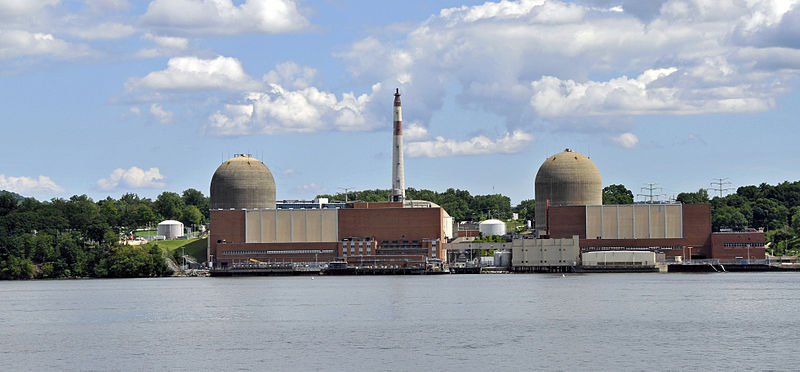Civilization's Energy: The Direct Thermodynamic Impact of Human Activity
The relentless march of civilization is inextricably linked to energy consumption. From the earliest campfires to sprawling megacities, our progress has been fueled by the harnessing and transformation of energy. But this relationship isn't simply one of convenience; it's a profound thermodynamic interaction with direct and far-reaching consequences for our planet. This article explores the direct thermodynamic impact of human civilization, examining its multifaceted effects on the environment and the urgent need for sustainable solutions.
The First Law: Energy is Neither Created Nor Destroyed
At its core, our impact stems from the First Law of Thermodynamics – energy cannot be created or destroyed, only transformed. Human activities constantly transform energy, converting it from one form to another. This conversion process, however, is rarely perfectly efficient.
- Fossil Fuel Combustion: Burning fossil fuels (coal, oil, and natural gas) for electricity, transportation, and industry releases vast amounts of heat energy into the atmosphere. This contributes significantly to global warming and climate change.
- Industrial Processes: Manufacturing, refining, and other industrial processes generate significant waste heat, impacting local environments and contributing to overall energy inefficiency.
- Transportation: The movement of goods and people, predominantly reliant on fossil fuels, generates substantial heat and greenhouse gas emissions. Even electric vehicles, while cleaner, still involve energy transformations with inherent losses.
The Inefficiency Factor: Entropy and the Second Law
The Second Law of Thermodynamics introduces the concept of entropy – the measure of disorder in a system. All energy transformations increase entropy, meaning that some energy is always lost as unusable heat. This inefficiency is a fundamental constraint, highlighting the need for improved energy technologies and reduced consumption.
- Energy Loss in Transmission: The transfer of electricity from power plants to consumers involves significant energy loss due to resistance in transmission lines.
- Waste Heat in Buildings: Heating and cooling buildings are major energy consumers, and a substantial portion of this energy is lost as waste heat.
- Technological Limitations: Even the most advanced technologies inherently face limitations imposed by the Second Law, requiring constant innovation to improve efficiency.
The Direct Impacts: More Than Just Warming
The thermodynamic impact extends beyond just increased atmospheric temperatures. It encompasses a wide array of environmental consequences:
- Ocean Acidification: The absorption of excess carbon dioxide (a byproduct of energy production) by the oceans leads to acidification, threatening marine ecosystems.
- Land Degradation: Mining for fossil fuels and extracting resources for energy production causes significant land degradation and habitat loss.
- Water Pollution: Energy production and consumption often result in water pollution from various pollutants, impacting aquatic life and water resources.
Towards a Sustainable Future: Harnessing Thermodynamics Responsibly
Addressing the direct thermodynamic impact of civilization requires a fundamental shift towards sustainable energy practices. This includes:
- Transitioning to Renewable Energy Sources: Harnessing solar, wind, hydro, and geothermal energy reduces reliance on fossil fuels and minimizes waste heat generation.
- Improving Energy Efficiency: Implementing energy-efficient technologies in buildings, transportation, and industry minimizes energy losses and reduces overall consumption.
- Developing Smart Grids: Optimizing energy distribution through smart grids reduces transmission losses and improves overall efficiency.
- Circular Economy Principles: Adopting circular economy models, which prioritize resource reuse and waste reduction, minimizes the environmental impact of energy consumption.
Conclusion: Understanding the direct thermodynamic impact of human activity is crucial for building a sustainable future. By acknowledging the fundamental laws of thermodynamics and embracing innovative, sustainable solutions, we can strive towards a more harmonious relationship between civilization and the environment. Let's work together to minimize our energy footprint and protect our planet for generations to come. Learn more about sustainable energy solutions by exploring resources from [link to a reputable source on renewable energy].
